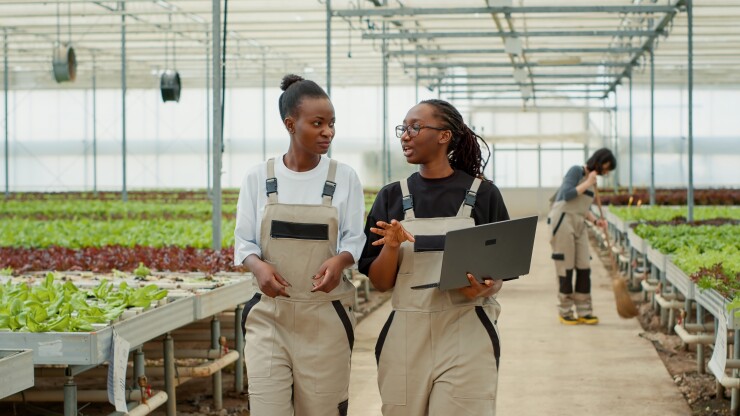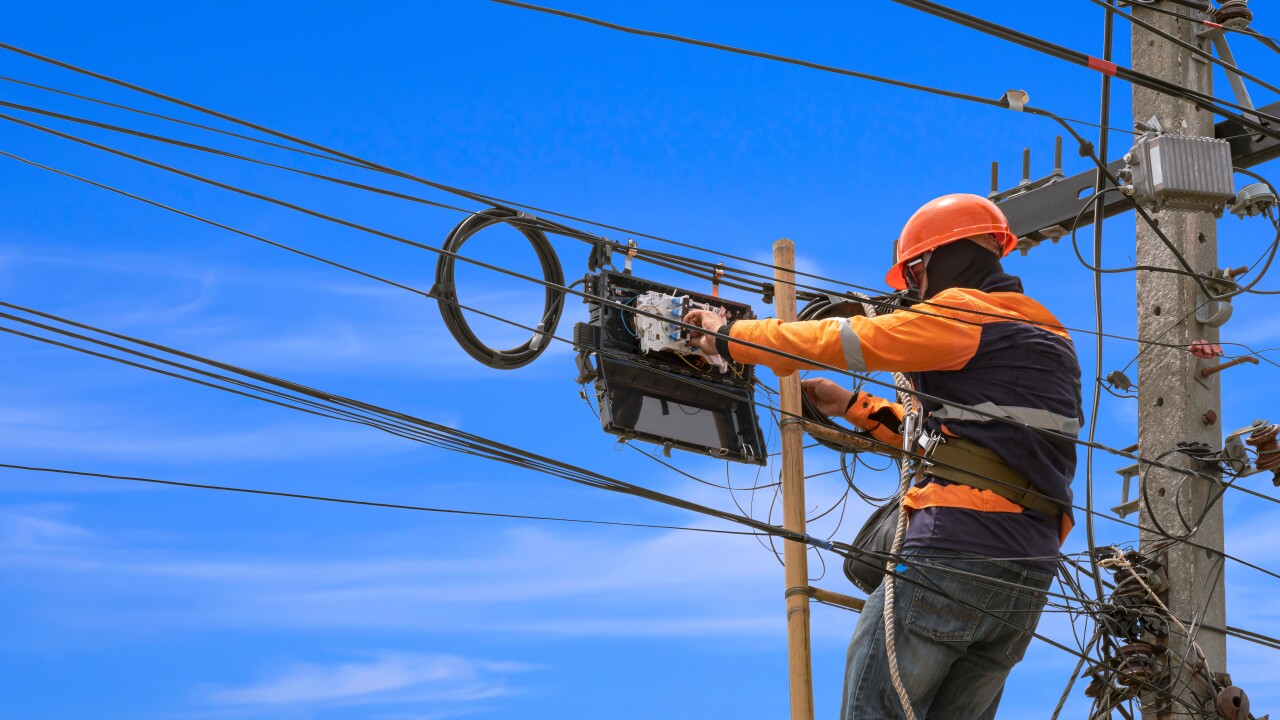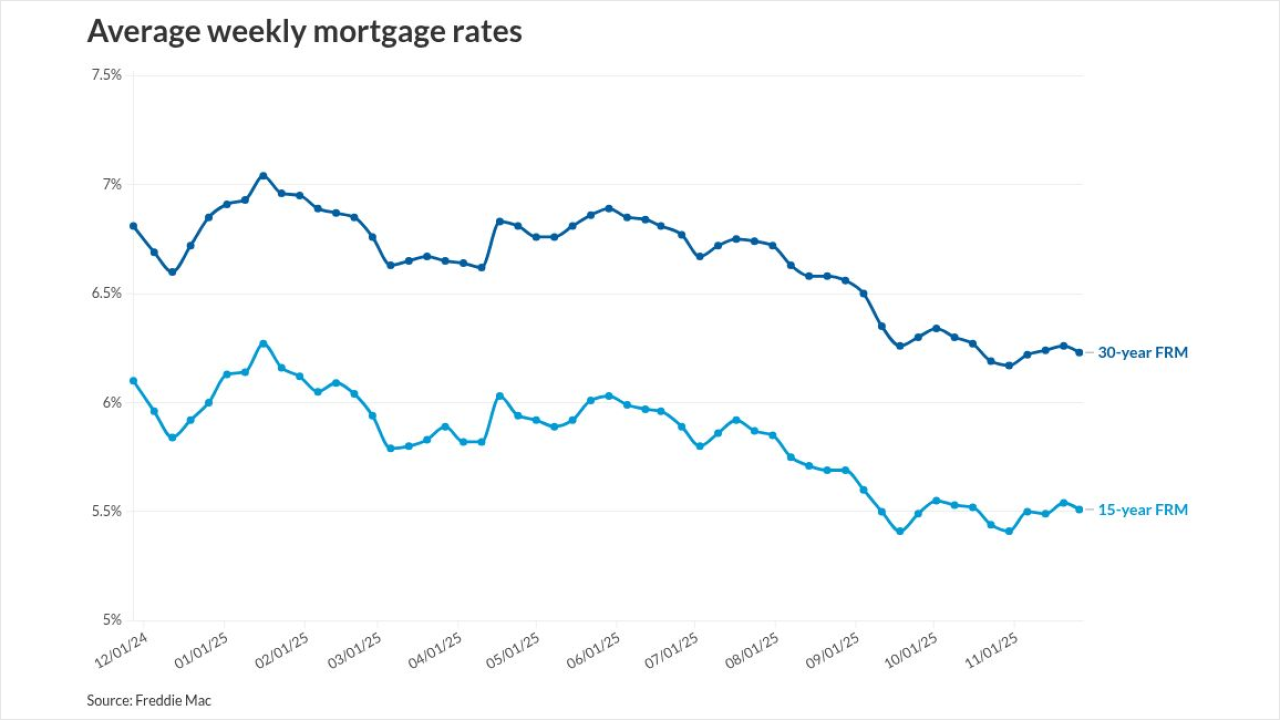A few years ago, agriculture asset backed securitizations (ABS) were a tough sell to struggling farmers and skeptical investors.
Now, insiders find, the situation has flipped, as investor demand for certain farm assets exceeds supply.
"Agriculture asset-backed finance is a booming area right now and for a good reason," said Shawn Kodes, partner and co-chair of the asset-backed finance practice at global law firm Paul Hastings LLP, New York. ABS supported by agricultural loans will reach several billion dollars over the next two years, "reflecting both growing investor interest and the increasing sophistication of agricultural lending markets," he said.
Historically, government subsidies have assisted many legacy family farms. Crop subsidies can fluctuate wildly, though, motivating farming communities to embrace the idea of leaning into financing products built on the securitization of [loans tied to] crop production, Kodes added.
"Legacy family farms are looking for alternative funding sources when they need cash, creating a different dynamic in demand for capital in this market," Kodes said. Growing interest in agricultural ABS also reflects a wider trend expected to continue long term.
Caching up with the opportunity
"We are actively working on asset-backed finance transactions for clients backed by row crops, permanent crops, farming equipment, farm land and inventory," expected to close in the next few months, Kodes said. "There is opportunity for asset-backed finance solutions across the agricultural space."
The asset class has gotten attention from New York-based global investment firm Carlyle, which has deployed approximately $8 billion in ABS, including agriculture ABS, through its private credit investments platform since 2021. Now Carlyle is focusing on scaling ABS finance across specialized sectors through high quality collateral-backed credit, according to the company's head of asset-backed finance, Akhil Bansal.
In July, Carlyle entered into an agreement to purchase $250 million in new U.S. farm-operating loans originated by FarmOp Capital of St. Paul, MN. The forward-flow contract will generate capital for independent row crop US farmers through a trading platform tailored for farm loans and ABS products, explained Keir Renick, chief executive officer of FarmOp Capital.
FarmOp loans are different, according to Renick, they underwrite a farmer's ability to produce crop and income from related contracts – not on the farm balance sheet or land ownership.
Agriculture ABS' fan base
Insurance companies support agricultural ABS, bringing risk diversification and better capital-efficient solutions compared to investment-grade corporates alone, Kodes said.
Also, crop ABS deal structures typically feature highly rated, investment-grade tranches that support originators interested in diversifying their funding sources, he added. Large asset managers, another segment that looks favorably on the sector, can provide dynamic funding solutions directly and indirectly to farmers.
For ABS investors, the opportunity lies in a market with very low historical loss rates, strong fundamentals, and bipartisan support for agricultural sector subsidies, Kodes said.
While that counts as strong support, the sector faces a perennial supply problem. Crop loans carry inherent risks, such as destructive weather, that cannot always be sufficiently mitigated by government subsidies or crop insurance.
That uncertainty can severely curtail supply, Kodes said.
Other industry executives remain optimistic, despite the . Demand from traditional and new investors continues to expand, said Lara Yocarini, chief executive officer and chair of the executive board at De Lage Landen (DLL), a vendor finance company based in Eindhoven, Netherlands, with global clients, including the U.S.
DLL aims to increase and diversify funding sources based on U.S. assets, she noted. DLL issued its second agriculture industry ABS in July. The $793 million transaction (DLLAD 2025-1) is backed by a wide range of loans and leases from the food, agriculture, and outdoor sectors.
Subsidy supported hindsight
Despite fertile prospects for future deal flow, crop loan agriculture ABS has a way to go before producing a bonanza of deals. Agriculture's inherent volatility, rising farm debt, higher interest rates, and unstable commodity prices slowed down U.S. agriculture ABS issuance in recent years and will challenge the market going forward, despite subsidies and collateral value.
"The U.S. agriculture sector net farm income in 2025 is projected to reach its third-highest level since 1960, while direct government payments may reach their second-highest level ever," according to Cody P. Dahl, Ph.D. vice president of acquisitions and strategy at Boston, MA based agriculture investing firm, Agis Capital.





